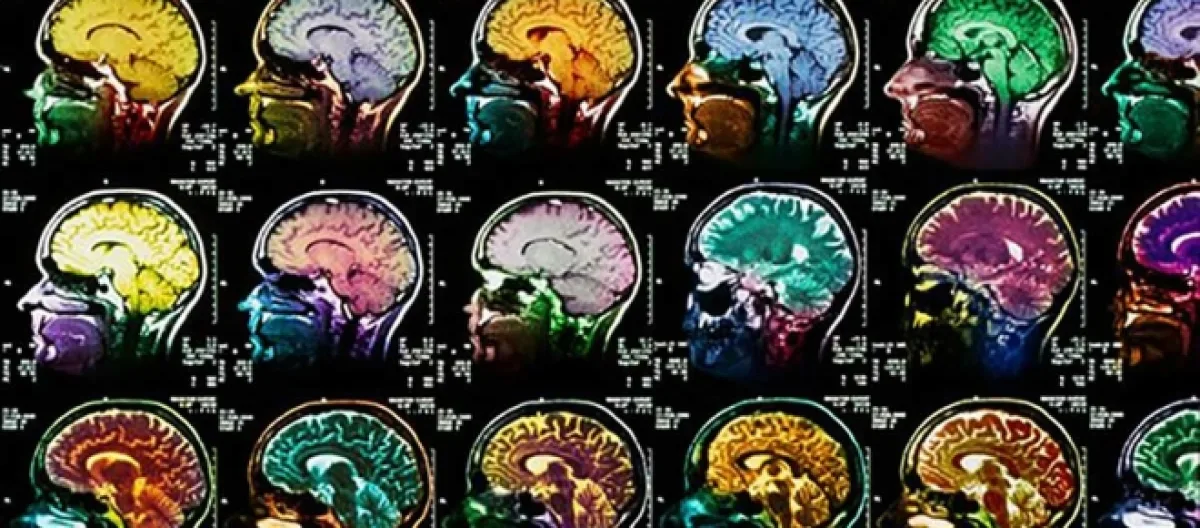Dreams are not linked with all kinds of sleep. They are only linked to REM sleep, which stands for rapid eye movement sleep. This kind of sleep only occurs for one to two hours per night and is believed to be linked with the consciousness. According to the Business Insider, studying dreams can lead to a completely new understanding of the conscious.
Experiments revealed the link between dreaming, the consciousness and brain activity
A series of experiments were run by Francesa Siclari and other scientists from the US and Italy. They revealed the results of these experiments in the journal, Nature Neuroscience. They took 46 different participants and used an EEG (electroencephalogram) to record these peoples brain activity during sleep. All of the participants were woken at different time intervals during their sleep and asked if they remembered if they had been dreaming.
They were also asked if they remembered seeing any faces, movement, thinking, sensory sensations and roughly how long they thought that their dream lasted for.
The results of this experiment led to some interesting discoveries. In the brain, there are regions of high and low brain activity. The researchers considered this and the results were astounding.
They found that dreaming was linked to an area of the brain responsible for both visual and sensory information. In a startling discovery, they also found that dreams were not confined to REM sleep. This contradicted years of scientific study.
The link between dreaming, the brain and the conscious explained
To break it down, the conscious in this experiment is when the individual is awake. The unconscious is when the individual is asleep. Scientists wanted to explore whether or not brain activity changes in any way when the individual is conscious versus unconscious.
What they found is when an individual is napping or dozing, the low activity area of their brain is active. This is the area of the brain, which recalls experiences and is linked with non-REM sleep. When the individual is sleeping, the high activity area of their brain becomes active. This includes areas, which are involved in storing and translating memories. What this means is that when humans are asleep they are able to create entirely new experiences. This is similar to the way our brains act when we are awake.
The findings of this study show the similarities of how the brain works during the state of wakefulness and sleep. This has changed how scientists look at dreaming completely. As the Nature Neuroscience journal states, "Dreaming may constitute a valuable model for the study of the consciousness with implications beyond sleep".
